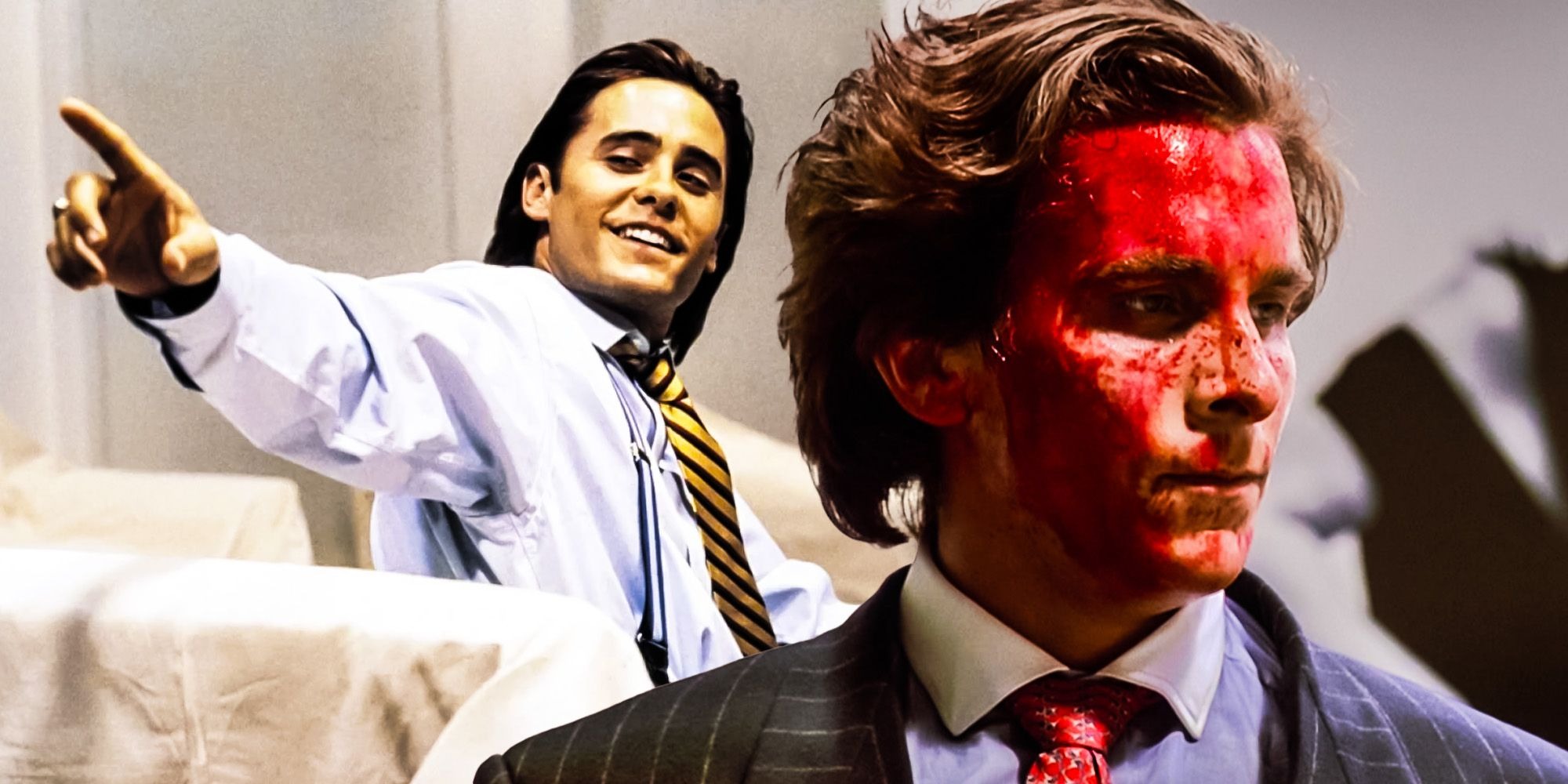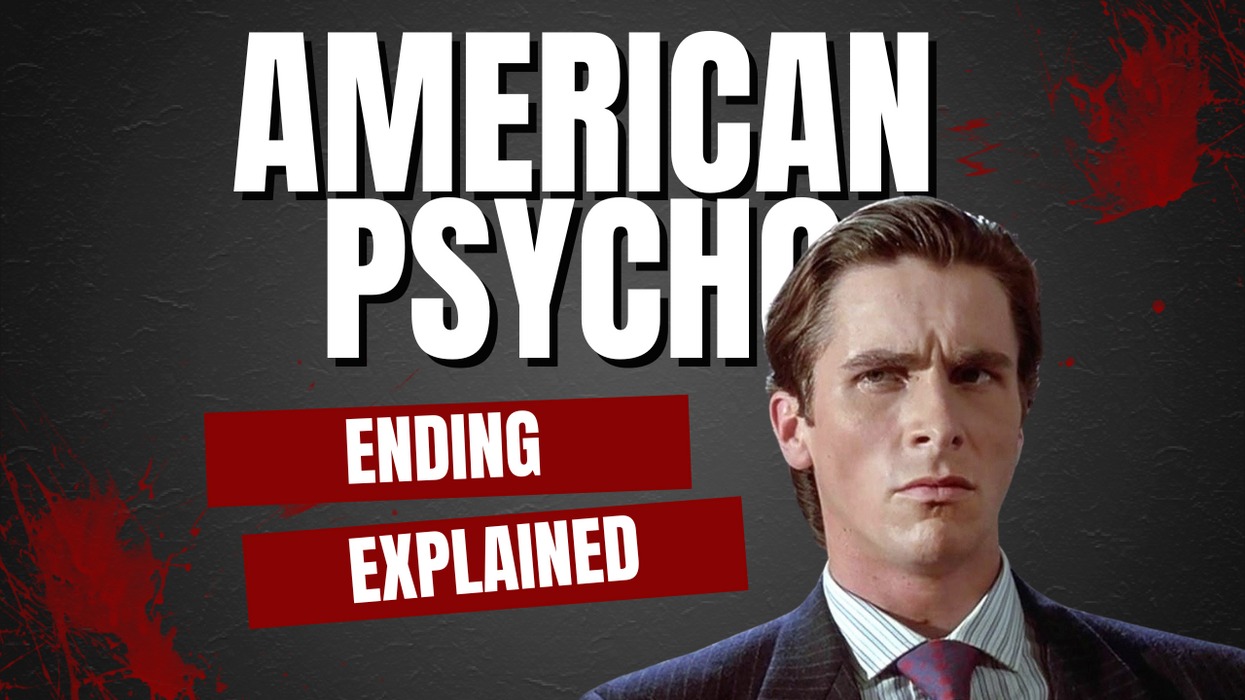For two decades, the conclusion of American Psycho has perplexed its audience. Mirroring the ambiguity of the Bret Easton Ellis novel that inspired it, the film allows room for interpretation, suggesting that Patrick Bateman might not have committed all those murders. Some viewers believe it could all be a figment of his imagination.
Guinevere Turner, who collaborated with director Mary Harron on the screenplay, emphasized that they intentionally crafted the narrative to avoid any “it was all a dream” interpretations. In an interview, both shared insights to clarify the ending.

So, did Bateman, portrayed by Christian Bale, actually kill anyone? It may take some time to unravel, but reading their comments closely will shed light on the matter.
Harron responded cautiously, stating, “I would never answer that. As Quentin Tarantino says, ‘If I tell you that, I take this movie away from you.’” However, she did mention a pivotal moment: “I will say there’s a moment where it becomes less realistic, and that’s the moment when the ATM says, ‘Feed Me a Stray Cat.’”
Christian Bale further elaborated in an interview with Charlie Rose, asserting that “Bateman does actually have an arc in the movie. He goes from psychopath to psychotic.”
Turner clarified that the film wasn’t intended to be shrouded in mystery. “To me and Mary, the book left it up in the air, too, what was real and what was not real.
We didn’t think that everything was real because some of it is literally surreal. But we just decided, together, that we both really disliked movies where the big reveal is that it was all in someone’s head or it was all a dream,” she explained.
“We both find that annoying. We just said we’re going to make a really conscious effort to have it be real, and then at some point… he’s sort of perceiving things differently, but they’re really happening.”
Following the infamous cat scene—identified by Harron as the moment when realism begins to wane—Patrick Bateman encounters law enforcement. He fires at a police vehicle.
Turner elaborated: “He shoots at a cop car, and it just bursts into flames, and she just directed him to look at the gun like, Hmmm, how did that happen? But we did want it to be, at the end, that you really did think that he did these things.”
If the conclusion remains elusive, reconsider that final moment. It appears that Patrick Bateman experiences a transformation, as Bale mentioned, shifting from “psychopath to psychotic,” coinciding with his bizarre contemplation of feeding a cat to an ATM and subsequently shooting a police car, which leads to a frantic chase through Lower Manhattan. You can find further insights featuring Bale, Harron, Turner, Bret Easton Ellis, Chloë Sevigny, Willem Dafoe, and Matt Ross.



